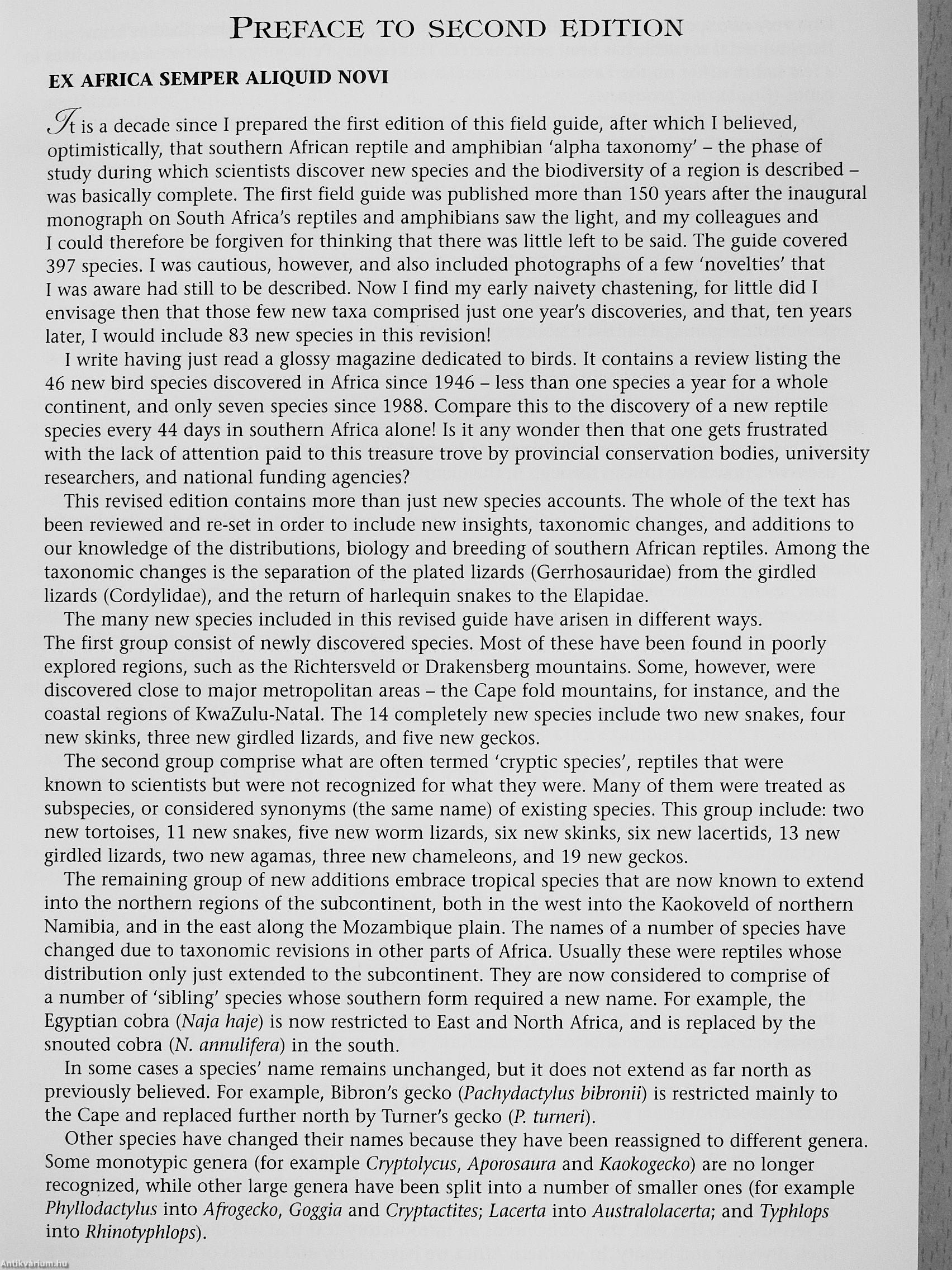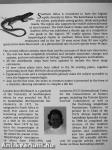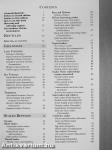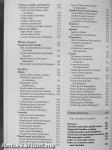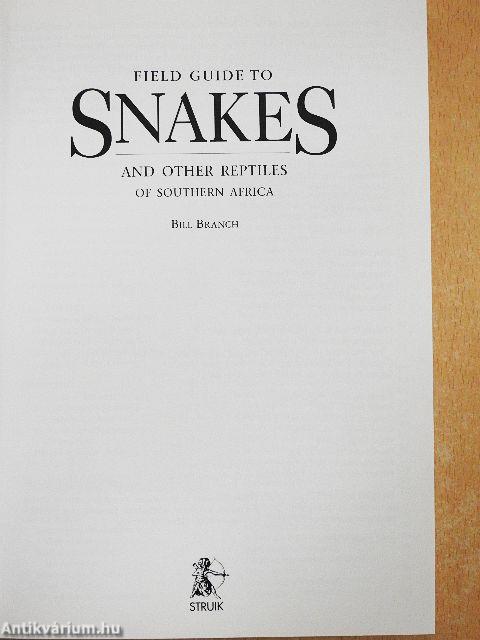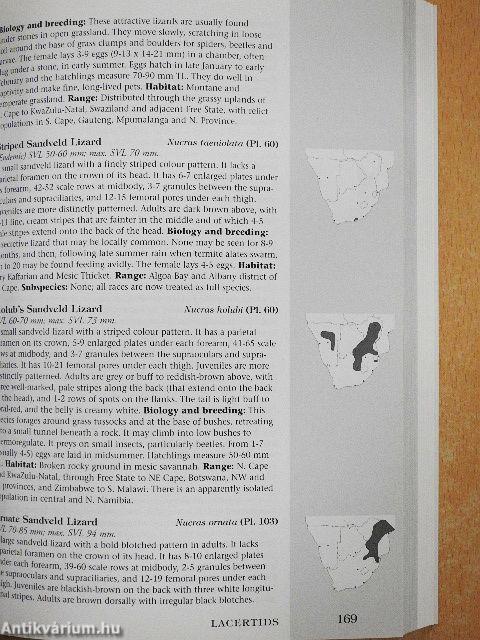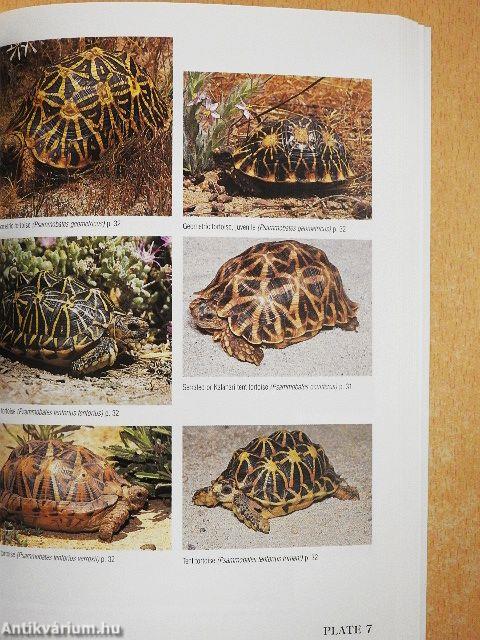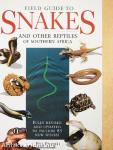1.104.173
kiadvánnyal nyújtjuk Magyarország legnagyobb antikvár könyv-kínálatát

VISSZA
A TETEJÉRE
JAVASLATOKÉszre-
vételek
Field Guide to Snakes
and other Reptiles of Southern Africa/Fully revised and updated to inlcude 83 new species
| Kiadó: | Struik Publishers |
|---|---|
| Kiadás helye: | Fokváros |
| Kiadás éve: | |
| Kötés típusa: | Ragasztott papírkötés |
| Oldalszám: | 399 oldal |
| Sorozatcím: | |
| Kötetszám: | |
| Nyelv: | Angol |
| Méret: | 21 cm x 15 cm |
| ISBN: | 1-86872-040-3 |
| Megjegyzés: | Színes fotókkal, fekete-fehér illusztrációkkal. |
naponta értesítjük a beérkező friss
kiadványokról
naponta értesítjük a beérkező friss
kiadványokról
Előszó
TovábbFülszöveg
Southern Africa is considered to have the highest reptile diversity in Africa. The lizard fauna is certainly the richest, particularly among geckos, skinks and girdled lizards. The region also supports the world's richest diversity of land tortoises. The Field Guide to Snakes and other Reptiles of Southern Africa was published a decade ago as a comprehensive guide to the region's 397 reptile species. Since then herpetological studies in southern Africa have undergone a renaissance and in the last 10 years more than 83 new reptile
species have been discovered - at a phenomenal rate of a new species every 44 days.
This revised edition contains more than just the accounts of these new discoveries:
• The text has been completely reworked and includes taxonomic changes and updates, and new information on biology, breeding, subspecies and habitats.
• All the distribution maps have been updated to include the latest range extensions.
• 16 new colour plates have been added to the 96... Tovább
Fülszöveg
Southern Africa is considered to have the highest reptile diversity in Africa. The lizard fauna is certainly the richest, particularly among geckos, skinks and girdled lizards. The region also supports the world's richest diversity of land tortoises. The Field Guide to Snakes and other Reptiles of Southern Africa was published a decade ago as a comprehensive guide to the region's 397 reptile species. Since then herpetological studies in southern Africa have undergone a renaissance and in the last 10 years more than 83 new reptile
species have been discovered - at a phenomenal rate of a new species every 44 days.
This revised edition contains more than just the accounts of these new discoveries:
• The text has been completely reworked and includes taxonomic changes and updates, and new information on biology, breeding, subspecies and habitats.
• All the distribution maps have been updated to include the latest range extensions.
• 16 new colour plates have been added to the 96 existing plates, together presenting more than 600 full-colour photographs.
• Explanatory notes and a comprehensive glossary make the subject accessible to even the beginner herpetologist.
• And, for the first time, the index to common names is presented in the form of a checklist, allowing naturalists to compile a life list.
London-born Bill Branch is a graduate of the University of Southampton where he was awarded his Ph.D. in mammalian developmental biochemistry. In 1971, he emigrated to South Africa to study liver cancer, but an increasing enthusiasm for reptiles and amphibians led to a shift in his scientific studies. Since 1979 he has been the herpetologist at the Port Elizabeth Museum. He edited the foumal of the Herpetological Association of Africa from 1983-1994, and through the years has served on
numerous lUCN (International Union for the Conservation of Nature) groups, including the Tortoise Species Survival Commission as well as the Declining Amphibian Populations Taskforce. At present he is Chair of the lUCN African Reptile and Amphibian Specialist Group. In 1988 he completed the revision of the Southern African Red Data Book on reptiles and amphibians, and has published more than 150 scientific articles, over 60 popular articles, and four books on these fascinating animals. Vissza
Témakörök
- Természettudomány > Állatvilág > Hüllők, terrárium
- Idegennyelv > Idegennyelvű könyvek > Angol > Természettudományok > Földrajz
- Idegennyelv > Idegennyelvű könyvek > Angol > Természettudományok > Egyéb
- Természettudomány > Állatvilág > Lexikonok, kézikönyvek
- Természettudomány > Földrajz > Általános természeti földrajz > Élővilág
- Természettudomány > Földrajz > Kontinensek földrajza > Téma szerint > Növényzet, állatvilág
- Természettudomány > Földrajz > Kontinensek földrajza > Topográfia szerint > Afrika
- Természettudomány > Földrajz > Idegen nyelv > Angol
- Természettudomány > Állatvilág > Egyéb







